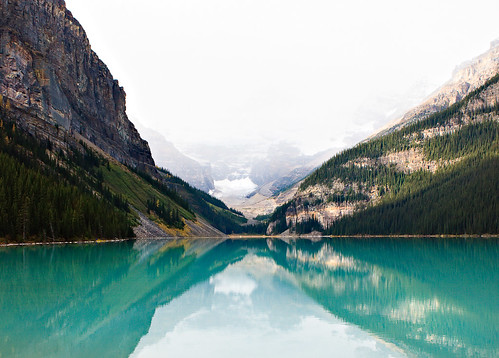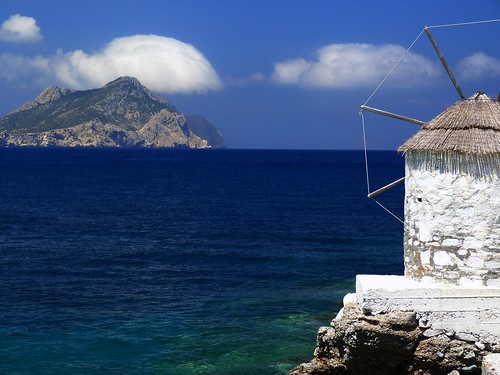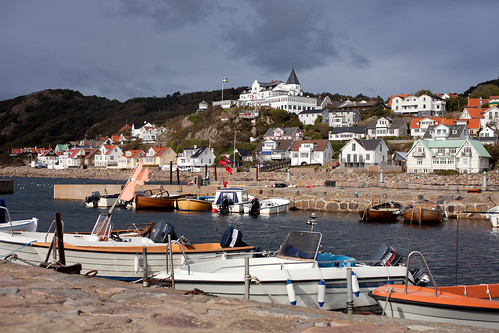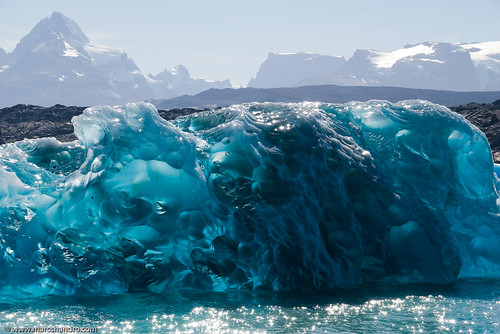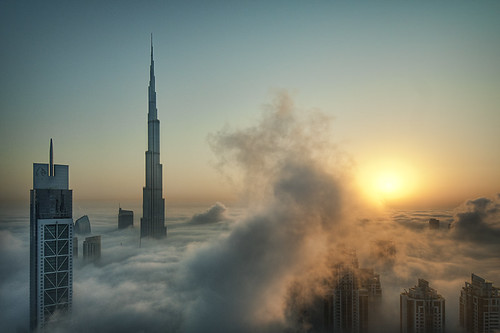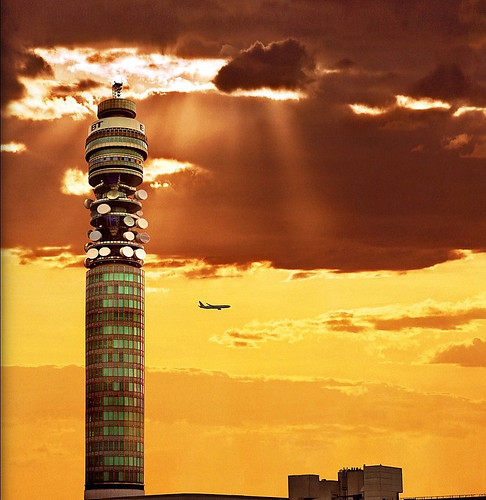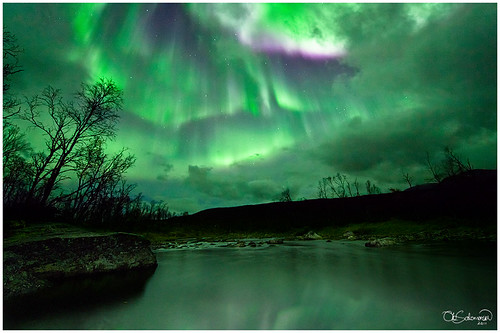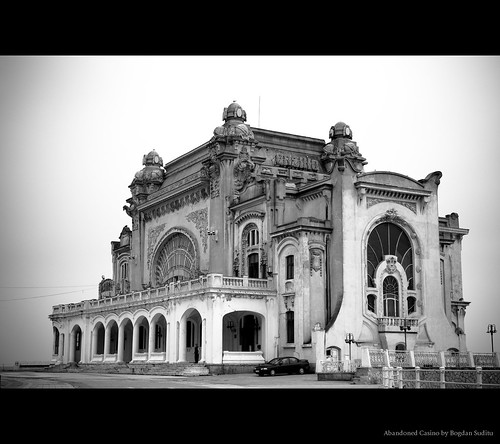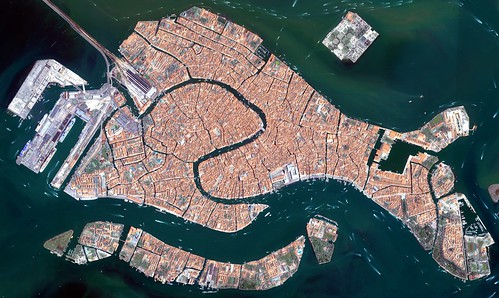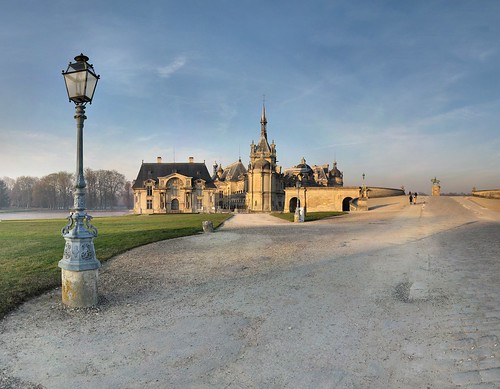
ΘΕΜΑ: Στοιχεία και αριθμοί για το 2011:To VisitGreece.gr και η συνεχόμενα ανοδική πορεία του στο χώρο των μέσων κοινωνικής δικτύωσηςΑπό τις αρχές του 2010, το www.visitgreece.gr, το επίσημο site προβολής της χώρας μας ως τουριστικός, και όχι μόνο, προορισμός, διαγράφει μια επιτυχημένη πορεία στο χώρο των μέσων κοινωνικής δικτύωσης, με σημαντική παρουσία σε Facebook, YouTube και Flickr. Από το φθινόπωρο του 2011, επεκτείνουμε τη δραστηριότητά του αυτή στο Foursquare - που δίνει τη δυνατότητα στο χρήστη να εξερευνήσει την Ελλάδα, κάνοντας check in σε εκπληκτικά μέρη και προορισμούς - αλλά και στο Google+, μέσα από το οποίο μπορεί να μοιραστεί φωτογραφίες, βίντεο, συμβουλές αλλά και χρήσιμες πληροφορίες που φωτίζουν τις μοναδικές ομορφιές της χώρας μας.Μέσα σε σύντομο σχετικά χρονικό διάστημα και έπειτα από μια αξιοσημείωτη, ανοδική πορεία, καταφέραμε να χτίσουμε μια αμφίδρομη, διαδραστική σχέση με το κοινό, να αναπτύξουμε μια προσωπική επαφή με κάθε επισκέπτη ξεχωριστά, αλλά και να δημιουργήσουμε μια χρηστική πλατφόρμα επικοινωνίας, προσιτή στους δυνητικούς επισκέπτες.Για αυτό, φιλοδοξία του Visit Greece είναι να διευρύνει ακόμα περισσότερο τον κύκλο των ανθρώπων που αγαπούν την Ελλάδα και αγκαλιάζουν τη δράση του επίσημου site του Ελληνικού Οργανισμού Τουρισμού, όπως επαγγελματίες ταξιδιωτικοί συντάκτες, travel bloggers αλλά και Έλληνες πολίτες, που με τη σειρά τους θα λειτουργήσουν ως πρεσβευτές της προσπάθειας για την προώθηση της χώρας μας ως μοναδικό τόπο εμπειριών, για κάθε εποχή του χρόνου.Στην προσπάθεια αυτή λοιπόν, είναι αναγκαίο να συμβάλουμε όλοι, κάθε Έλληνας και κάθε Ελληνίδα. Να αγκαλιάσουμε το επίσημο site μας και τα κανάλια προβολής μας σε όλα τα κοινωνικά μέσα.Σας καλούμε να ισχυροποιήσετε την παρουσία του www.visitgreece.gr, κάνοντας follow, like, +1, και να διαδώσετε το μήνυμα για την προβολή της χώρας μας παντού.Στο infographic που θα βρείτε συνημμένο θα έχετε την ευκαιρία να δείτε αναλυτικά την πορεία του www.visitgreece.gr στα μέσα κοινωνικής δικτύωσης για το 2011, αλλά και το περιεχόμενο, τα posts, tweets, photos, videos και tips που αγαπήθηκαν περισσότερο από όλο τον κόσμο που μας παρακολουθεί.Από Γραφείο ΕπικοινωνίαςΕλληνικού Οργανισμού Τουρισμού
Infographic 2011, originally uploaded by Visit Greece.






